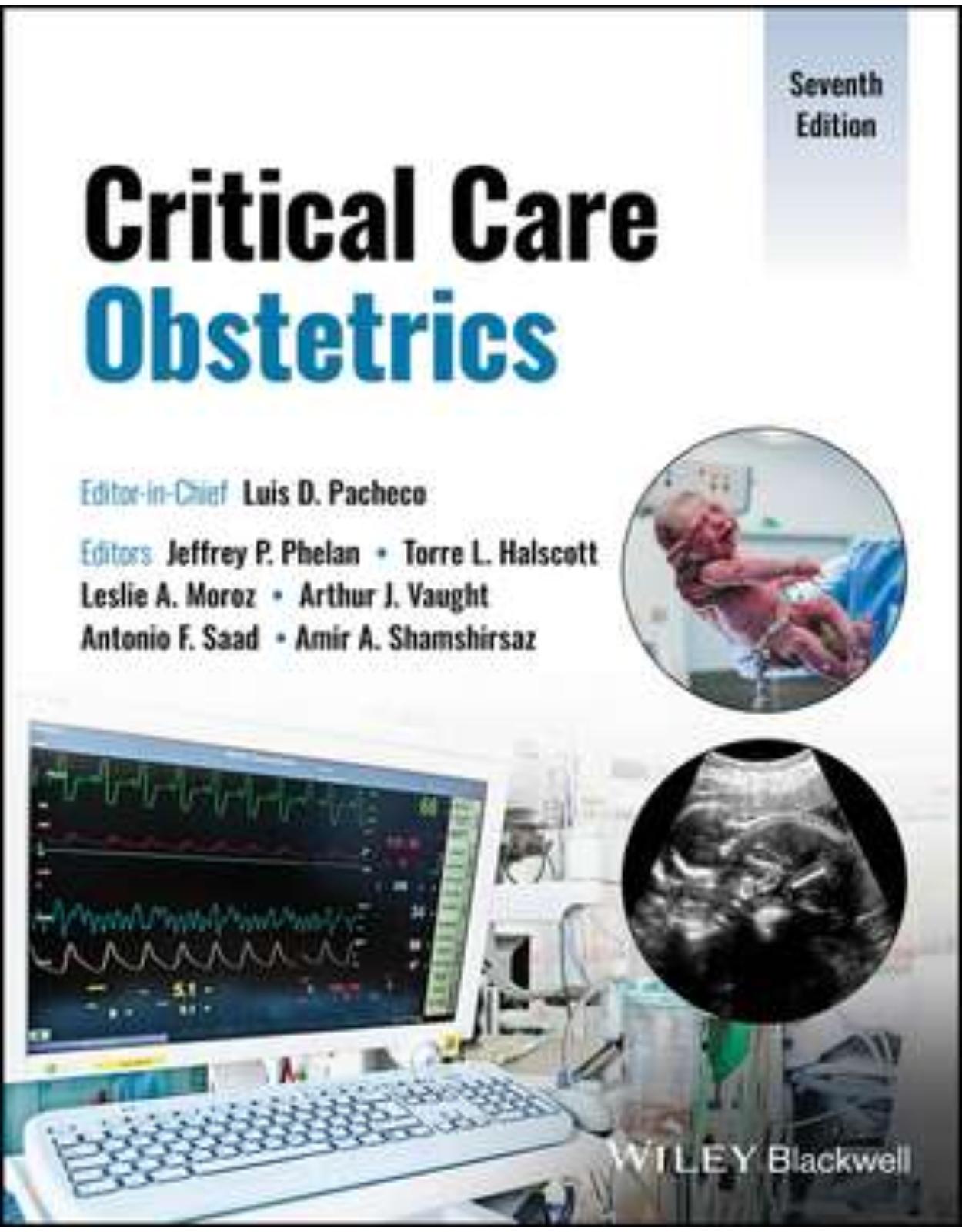
Critical Care Obstetrics
Livrare gratis la comenzi peste 500 RON. Pentru celelalte comenzi livrarea este 20 RON.
Disponibilitate: La comanda in aproximativ 4 saptamani
Editura: Wiley
Limba: Engleza
Nr. pagini: 1216
Coperta: Hardcover
Dimensiuni:
An aparitie: 25 apr 2024
Critical Care Obstetrics
Improve medical outcomes for both mothers and children with this essential guide
For the first time in decades, maternal mortality rates are climbing in the United States. Factors including lack of access to prenatal care, un- or underinsured populations, rising rates of cardiovascular disease, and more combine to make pregnancy and childbirth more dangerous prospects. In this environment, the study of critical care obstetrics has never been more essential.
Critical Care Obstetrics, Seventh Edition a fully updated guide to the medical management of serious conditions in pregnancy and childbirth. Beginning with basic principles, it surveys the potential serious complications occurring in pregnancy and delivery and the techniques and procedures for maximizing patient outcomes for both pregnant people and fetuses. This clear, accessible text promises to continue the essential work of earlier editions.
Readers of the seventh edition of Critical Care Obstetrics will also find:
Detailed protocols for implementing life-saving treatments in emergencies
New chapters on topics including ECMO, antibiotics, and pneumonia
Authorship by internationally renowned experts in emergency obstetrics
Critical Care Obstetrics is ideal for working clinical obstetricians and for trainees in obstetrics and gynecology.
Table of Contents:
Part One: Basic Critical Care Clinical and Surgical Principles
1 Epidemiology of Critical Illness in Pregnancy
Introduction
Pregnancy‐related hospitalizations
Maternal mortality
Perinatal mortality
Pregnancy‐related ICU admissions
Summary
Acknowledgments
References
2 Organizing an Obstetrical Critical Care Unit: Care without Walls
Background
Critical care for obstetric patients
Unit design: ICU without walls
Patient population
Members of the team
Guidelines, bundles, development, and education
Summary
References
3 Critical Care Obstetric Nursing
Introduction
Standards of nursing care
Critical care technology: critical concepts and application to clinical practice
Interpretation of hemodynamic and oxygen transport data
Levels of maternal care
Care environment
Nursing education and training
Nurse‐led bedside rounds
Nursing practice guidelines, policies, procedures, and care bundles
References
4 Pregnancy‐Induced Physiologic Alterations
Cardiovascular system
Respiratory system
Genitourinary system
Gastrointestinal system
Hematologic system
Endocrine system
Immune system
Conclusion
References
5 Maternal Blood Gas Physiology
Introduction
Essential physiology
Oxygen delivery and consumption
Respiratory components of the arterial blood gas
Disorders of acid–base balance
Conclusion
References
6 Fluid and Electrolyte Balance
Introduction
Fluid resuscitation
Isotonic crystalloid solutions
Colloid solutions
Sodium disorders
Hypernatremia
Potassium disorders
Hypokalemia
Calcium disorders
Hypocalcemia
Hypercalcemia
Magnesium disorders
References
7 Interventional Radiology in Pregnancy
Introduction
Indication and timing of interventional procedures
Intraprocedural sedation
Intraprocedural imaging guidance and radiation dose reduction
Interventions for venous access
Interventions for venous thromboembolism
Interventions for visceral artery aneurysms
Interventions for vascular malformations
Interventions in the urinary tract
Interventions in the biliary tract
Interventions for postpartum hemorrhage
Interventions for postpartum hemorrhage in settings of abnormal placentation
Interventions post‐cesarean section
Complications of interventional procedures
Conclusion
Key points
Acknowledgments
References
8 Fetal Considerations in the Critically Ill Gravida
Introduction
Detection of fetal distress in the critically ill obstetric patient
Periodic changes or FHR changes in response to uterine contractions
Overview of periodic changes
Two important “FHR” patterns
FHR patterns in the brain‐damaged infant
Fetal monitoring in the ICU made simple
Maternal and surgical conditions
Perimortem cesarean delivery
References
Goals of therapy
Critical laboratory tests
Consultation
Perimortem cesarean
9 Fetal Effects of Drugs Commonly Used in Critical Care
Introduction
Maternal analgesia and sedation
Cardiovascular drugs
Other cardiovascular drugs
Thrombolytic therapy
Endocrine emergencies
Mannitol
Resource
Conclusion
Key points
References
10 Maternal–Fetal Oxygenation
Maternal adaptations favoring fetal oxygenation
Placental factors to enhance fetal oxygenation
Placental transfer of oxygen and carbon dioxide
Fetal adaptations favoring fetal oxygenation
Fetal oxygenation survival with a low PO2
Maternal oxygen therapy in obstetrics and maternal hyperoxygenation (MHO)
Oxygen therapy for acute fetal distress
Oxygen therapy for the fetus with IUGR
Oxygen therapy in cases of congenital heart disease
Oxygen therapy for fetal distress due to maternal hypoxia
Conclusion
References
11 Cardiopulmonary Resuscitation (CPR) in Pregnancy
Introduction
Epidemiology
Etiology
Management
Aortocaval compression
Medications
Extracorporeal membranous oxygenation (ECMO) and extracorporeal life support (ECLS)
Post‐arrest care
Summary
References
12 Neonatal Resuscitation in the Critical Care Setting
Introduction
Elements of birth depression
Elements of a resuscitation
Preparation for a resuscitation
Initial steps and evaluation
Medications
Immediate care after establishing adequate ventilation and circulation
Special problems during resuscitation
Screening for congenital anomalies
Conclusion
References
13 Ventilator Management in Critical Illness
Introduction
Respiratory failure
Oxygen delivery and consumption
Assessing oxygenation
Therapy
Ventilator modes
Alternative maneuvers during mechanical ventilation
Weaning from mechanical ventilation
Respiratory system interactions
Conclusion
References
14 Vascular Access
Introduction
Preparing for catheter insertion
Complications – general
Specific venous access sites
Specific arterial access sites
Catheter‐related infection
Conclusion
Acknowledgment
References
15 Nutritional Support
Introduction
Normal nutrition in pregnancy
Malnutrition in pregnancy
Nutritional assessment during pregnancy
Weight gain during pregnancy
Routes for nutritional support
Calculation of nutritional requirements
Amino acids
Carbohydrates
Fat emulsions
Fluid and electrolytes
Monitoring and complications
References
16 Acute Kidney Injury and Renal Replacement Therapy
Definition of acute renal failure
Changes of renal function in pregnancy
Management: general principles
Renal replacement therapy
Summary
References
17 Cardiopulmonary Bypass
Introduction
Maternal and fetal risks of cardiopulmonary bypass
Alternatives to CPB
Surgical timing and concurrent cesarean section
Mechanics of cardiopulmonary bypass
Physiology of CPB
Management of cardiopulmonary bypass
Summary
References
18 ECMO in Obstetrics
Introduction
VV‐ECMO
Principles of VV‐ECMO and pregnancy considerations
Mechanical ventilation and gas exchange targets
Hemodynamic targets
Lung rest strategies
Fetal consideration during ECMO
Timing of delivery
Maternal and neonatal outcomes on ECMO
Principles of venoarterial ECMO
Anticoagulation during ECMO (VV and VA)
Complications of ECMO (VV and VA)
VA‐ECMO in pregnancy
Conclusions
References
19 Antibiotics, Antivirals, and Antifungals in Critical Care
Introduction
Pharmacokinetics and pharmacodynamics of antimicrobials
Pharmacokinetics
Drug distribution
Drug metabolism and clearance
Drug elimination
Pharmacodynamics
Mechanism of antibiotic action
Antibiotics resistance
Antibiotic treatment in critically ill pregnant patients
Biomarkers to initiate antibiotics
Antimicrobial choice
Methicillin‐resistant Staphylococcus aureus (MRSA)
Multidrug‐resistant bacteria
Antibiotics dosing
Continuous prolonged or intermittent administration of time‐dependent antibiotics
Duration of antibiotic therapy
Pharmacokinetics and pharmacodynamics of antivirals
Pharmacokinetics, drug absorption, drug metabolism, and clearance
Antiviral use and treatment in critically ill pregnant patients
Fungal therapy
Pharmacokinetics and pharmacodynamics of antifungals: azoles and echinocandins
Antifungal treatment in critically ill pregnant patients
Diagnosis of antifungal infections
Treatment and duration
References
20 Noninvasive Monitoring in Critical Care
Introduction
Approach to monitoring
Role in diagnosis and therapy
Evidence and implementation
Physiology of monitoring
Oxygen consumption, oxygen delivery, and cardiac output
The Frank–Starling mechanism in clinical practice
Routine noninvasive monitoring
Measurement of oxygenation
Invasive assessment of arterial oxygenation
Assessing ventilation and evaluating for acidemia
Assessment of blood pressure
Ascertaining cardiac output
End‐organ monitoring in critical illness
Noninvasive monitoring and the fetus
Point‐of‐care ultrasound for maternal indications
Assessment of cardiac function
Assessment of fluid responsiveness
A dynamic approach to noninvasive hemodynamic monitoring
References
21 Critical Care Drills in Obstetrics
Obstetric emergencies
Location
Teamwork and behaviors
Communication
Simulators
Education
Frequency and skill retention
Outcomes
In situ testing of new facilities
Scenarios
Debriefing
Conclusions
Resources
Disclaimer
References
Appendix: In Situ Critical Care Simulation Example
22 Maternal–Fetal Transport in the High‐Risk Pregnancy
Introduction
Epidemiology of maternal mortality
Role and rationale for regionalization of maternal care
Transport program components
Condition‐specific considerations for common transport indications
Opportunities to improve the system of risk‐based care
References
Part Two: Acute Emergencies
23 Seizure and Status Epilepticus
Introduction
Etiology
Seizure prophylaxis
Evaluation of new‐onset seizures in pregnancy
Treatment of seizures
Status epilepticus
Subsequent management and prognosis
Key points
References
24 Acute Spinal Cord Injury
Introduction
Maternal primary survey and specific considerations due to SCI
Circulation
Other early management concerns
Additional medical SCI complications
Rehabilitation
Summary
References
25 Severe Acute Asthma
Introduction
Maternal and fetal physiologic considerations during pregnancy
Interrelationship between asthma and pregnancy
Assessment of asthma during pregnancy
Management of asthma during pregnancy
Management of acute asthma during pregnancy
Management of asthma during labor and delivery
Obstetric management of the pregnant asthmatic patient
Summary
References
26 Acute Respiratory Distress Syndrome in Pregnancy
Introduction
Definition
Epidemiology
Pathophysiology and etiology
Clinical features
Management
Summary
References
27 The Acute Abdomen During Pregnancy
Introduction
Physiologic changes
Differential diagnosis
Diagnostic imaging
Laparoscopy during pregnancy
Appendicitis during pregnancy
Cholecystitis during pregnancy
Bowel obstruction during pregnancy
Adnexal torsion during pregnancy
Bariatric surgery and acute abdomen in pregnancy
Summary
References
28 Acute Pancreatitis
Introduction
Pathology and pathophysiology
Etiology
Diagnosis
Natural history and complications
Clinical predictors of severity
Management
Conclusion
References
29 Pneumonia During Pregnancy (Bacterial and Viral)
Introduction
Respiratory changes in pregnancy
Pneumonia diagnosis
Assessment of severity
Identification of causative agent
Bacterial pneumonia treatment
Viral pneumonias
References
30 Acute Fatty Liver of Pregnancy
Introduction
Epidemiology
Pathogenesis
Clinical presentation
Diagnosis
Treatment
Supportive care
Summary
References
31 Disseminated Intravascular Coagulation
Introduction
Pathophysiology
Diagnosis of DIC
Scoring for DIC
Use of viscoelastic assays
Management of obstetrical DIC
Conclusion
References
32 Endocrine Emergencies
Introduction
Diabetic ketoacidosis
Thyroid disorders
Adrenal dysfunction
References
33 Acute Psychiatric Conditions in Pregnancy: Critical Care Obstetrics
Introduction
Acute depression and anxiety
Suicide and suicidality
Acute mania and psychosis
Substance use disorder in pregnancy
Birth trauma and postpartum posttraumatic stress
Ethical considerations
Conclusion
References
34 Diabetic Ketoacidosis
Normal regulation of ketogenesis
Diabetic ketoacidosis
Pregnancy predisposes to the development of ketoacidosis
Evaluation
Effective serum osmolality
Corrected sodium
The anion gap
Diagnosis
Measurement of ketones
Treatment
Monitoring the response to treatment
Resolution
Prevention of DKA
Summary
References
Part Three: Shock in Pregnancy
35 Hypovolemic Shock
Introduction
Impact of obstetric hemorrhage
Causes of obstetric hemorrhage
Hypovolemic shock
Identifying hypovolemic shock
Management of hypovolemic shock in pregnancy
Oxygenation
Pharmacologic agents
Initial volume replacement
Blood safety
Blood product transfusion
Massive transfusion protocols
Monitoring volume status during hypovolemic shock and resuscitation
Further evaluation
Hemostasis
Key points
References
36 Blood Component Therapy and Massive Transfusion
Introduction
Blood donation, collection, and storage
Blood components: description and indications
Transfusion practices
Obstetric hemorrhage
Massive transfusion
Patients with bleeding or hematological diathesis
Autologous blood
Transfusion reactions
Concluding comments
References
37 Etiology and Management of Hemorrhage (Includes Accreta)
Placental abruption
Uterine rupture
Placenta accreta spectrum (PAS)
Primary postpartum hemorrhage
Uterine inversion
Treatment of uterine atony
Surgical management of postpartum hemorrhage
Bleeding disorders
Conclusion
Key points
References
38 Septic Shock
Introduction
Screening tools for sepsis and septic shock
Pathophysiology of septic shock
Clinical presentation of septic shock
Predisposing factors in obstetrics
Pregnancy and septic shock
Diagnosis of septic shock in pregnancy
Treatment of septic shock
Other supportive therapies
Alternative treatment modalities
References
39 Cardiogenic Shock
Introduction
Pathogenesis
Acute myocardial infarction
Peripartum cardiomyopathy
Mitral stenosis
Aortic stenosis
Arrhythmias
Aortic dissection
Pulmonary hypertension
Cardiogenic shock due to right heart failure
Summary
References
40 Anaphylactic Shock in Pregnancy
Introduction
Nomenclature
Epidemiology
Pathophysiology
Diagnosis
Precipitants
Treatment of anaphylaxis
Management of the patient after the acute episode of anaphylaxis
Conclusions
References
41 Amniotic Fluid Embolism
Introduction
Historic considerations
Experimental models
Clinical presentation
Differential diagnosis of amniotic fluid embolism
Diagnosis
International criteria for diagnosis of amniotic fluid embolism
Treatment
Recurrence risks of AFE In Subsequent Pregnancies
Conclusions
References
Part Four: Medical/Surgical Management
42 Pregnancy‐Related Stroke
Introduction
Definitions
Classification of stroke
Pregnancy physiology and pathophysiology that influence stroke risk
Risk factors and conditions predisposing to PRS
Presenting symptoms
General evaluation, assessment, and management of stroke
General management of stroke in pregnancy
Intracranial hemorrhagic strokes
Ischemic stroke
Special pregnancy considerations
Pregnancy‐related risks of stroke
Key points for stroke care and management during pregnancy
References
43 Cardiac Disease and Pregnancy
Introduction
Counseling the pregnant cardiac patient
Physiologic considerations
Congenital cardiac lesions
Pulmonary hypertension and Eisenmenger syndrome
Ebstein anomaly
Coarctation of the aorta
Tetralogy of Fallot
Transposition of the great vessels
Pulmonic stenosis
Aortic stenosis
Functional single ventricle and Fontan procedure
Fetal considerations
Acquired cardiac lesions
Peripartum cardiomyopathy
Hypertrophic cardiomyopathy
Marfan syndrome
Myocardial infarction
Spontaneous coronary artery dissection
Anticoagulation and prosthetic heart valves
Prevention of infective endocarditis
Maternal arrhythmias
Pregnancy after cardiac transplantation
References
44 Anesthesia Considerations for the Critically Ill Gravida with Cardiac Disease
Introduction and epidemiology
Cardiopulmonary changes in pregnancy
Congenital heart disease
Acquired heart disease
Anticoagulation therapy in a parturient
Ischemic heart disease
Pulmonary hypertension
Peripartum cardiomyopathy
Heat transplantation
Cardiovascular surgery during pregnancy
Summary
References
45 Thromboembolic Disease
Incidence and risk factors
Normal hemostasis
Thrombophilias
Pulmonary embolus
Antepartum management
Intrapartum management
Postpartum management
Prophylaxis of thromboembolism
References
46 Pulmonary Hypertension in Pregnancy
Introduction
Pulmonary hypertension – definition and classification
WHO clinical classification groups of pulmonary hypertension
Clinical features of pulmonary hypertension
Diagnosis of pulmonary hypertension in pregnancy
Cardiopulmonary changes during pregnancy, labor, and postpartum
Fluid management
CTEPH
Termination
Summary
References
Appendix 46.1: Management of Pulmonary Hypertension during Pregnancy
47 Sickle Cell Disease and Pregnancy
Introduction
Epidemiology
Pathophysiology
Clinical features
Maternal and fetal outcomes in SCD
Preconception considerations
Antepartum care
Complications
Acute chest syndrome
Stroke
Delivery
Postpartum care
Infant care
Contraception
Conclusion
References
48 Thrombotic Thrombocytopenic Purpura, Hemolytic–Uremic Syndrome, and HELLP
Thrombotic thrombocytopenic purpura (TTP)
Clinical features
Laboratory findings
Pathophysiology of TTP
Treatment of TTP
Investigational treatments
TTP during pregnancy
Differential diagnosis
Hemolytic–uremic syndrome
HELLP syndrome
Key points
References
49 Complications of Preeclampsia
Introduction
Etiology of preeclampsia
Clinical definitions and diagnosis of preeclampsia
General management principles for preeclampsia
Cardiopulmonary complications of preeclampsia
Renal complications with preeclampsia
HELLP syndrome
Liver and gastrointestinal complications of preeclampsia
Neurologic complications with preeclampsia
Uteroplacental–fetal complications of preeclampsia
Conclusions
References
50 Systemic Lupus Erythematosus and Antiphospholipid Syndrome
Introduction
Systemic lupus erythematosus in pregnancy
Obstetric complications in women with SLE
Neonatal lupus erythematosus
Diagnosis of SLE and detection of SLE exacerbation (flare)
Medications used for SLE during pregnancy
Treatment of SLE flare during pregnancy
Breastfeeding
Antiphospholipid syndrome in pregnancy
References
51 Trauma in Pregnancy
Introduction
Maternal physiologic adaptations applicable to trauma during pregnancy
Management of trauma
The fetal patient
Manifestations of trauma during pregnancy
Conclusion
References
52 Thermal and Electrical Injury
Introduction
Classification
Maternal concerns
Management strategies
Maternal complications
Fetal complications
Conclusions
Key points
References
53 Overdose, Poisoning, and Envenomation during Pregnancy
Definitions
Scope of the problem
Toxicologic considerations in pregnancy
Evaluation of the poisoned pregnant patient
Toxic identification
Decontamination procedures
Acetaminophen
Amphetamines
Antidepressants
Aspirin
Barbiturates
Benzodiazepines
Carbon monoxide
Cocaine [133–135,139–156]
Ethanol [157–175]
Iron* [176–183]
Organophosphates (and carbamates) [184–213]
Envenomations during pregnancy [214–262]
Maternal critical illness and the opioid epidemic
Summary
References
54 The Organ Transplant Patient in the Obstetric Critical Care Setting
Background
Prepregnancy evaluation
Prenatal care
Immunosuppression during pregnancy
Renal transplant
Pancreas or pancreas/kidney transplant
Liver transplantation
Heart transplant
Lung transplant
Bone marrow transplant
Uterine transplant
Special circumstances
References
55 Fetal Surgery Procedures and Associated Maternal Complications
Introduction
Open fetal surgery
Closed surgical therapies
Maternal complications
Summary
References
56 Cancer in the Pregnant Patient
Introduction
Surgical principles during pregnancy
Cervical dysplasia and cancer
Management of adnexal masses occurring in pregnancy
Ovarian cancer
Other gynecologic malignancies in pregnancy
Non‐gynecological cancers in pregnancy
Conclusion
Key points
References
57 Mass Casualties and the Obstetrical Patient
Domestic events
International events
References
58 Biological, Chemical, and Radiological Exposures in Pregnancy
Introduction
Background
Summary
References
Part Five: Ethical and Legal Considerations
59 Ethics in the Obstetric Critical Care Setting
Introduction
Ethical principles
Informed consent
Competency
Status of the fetus
Practical applications of ethical principles to high‐risk obstetrics
Conclusion
References
60 Medical–Legal Considerations in Critical Care Obstetrics
Negligence and causation
Foreseeability of harm
The standard of care for the specialist and nonspecialist
The duty to refer the patient to a specialist [12]
Standard of care for nurses [13]
Critical conduct intervals [2]
Informed consent [16]
The prevailing standards for patient informed consent
What must be disclosed?
Informed consent is not necessary
Informed refusal [34,35]
General guidelines for informed consent
The duty to warn [36]
Hypothetical cases
Discussion
References
Index
End User License Agreement
| An aparitie | 25 apr 2024 |
| Autor | Luis D. Pacheco, Jeffrey P. Phelan, Torre L. Halscott, Leslie A. Moroz, Arthur J. Vaught, Antonio F. Saad, Amir A. Shamshirsaz |
| Editura | Wiley |
| Format | Hardcover |
| ISBN | 9781119820239 |
| Limba | Engleza |
| Nr pag | 1216 |

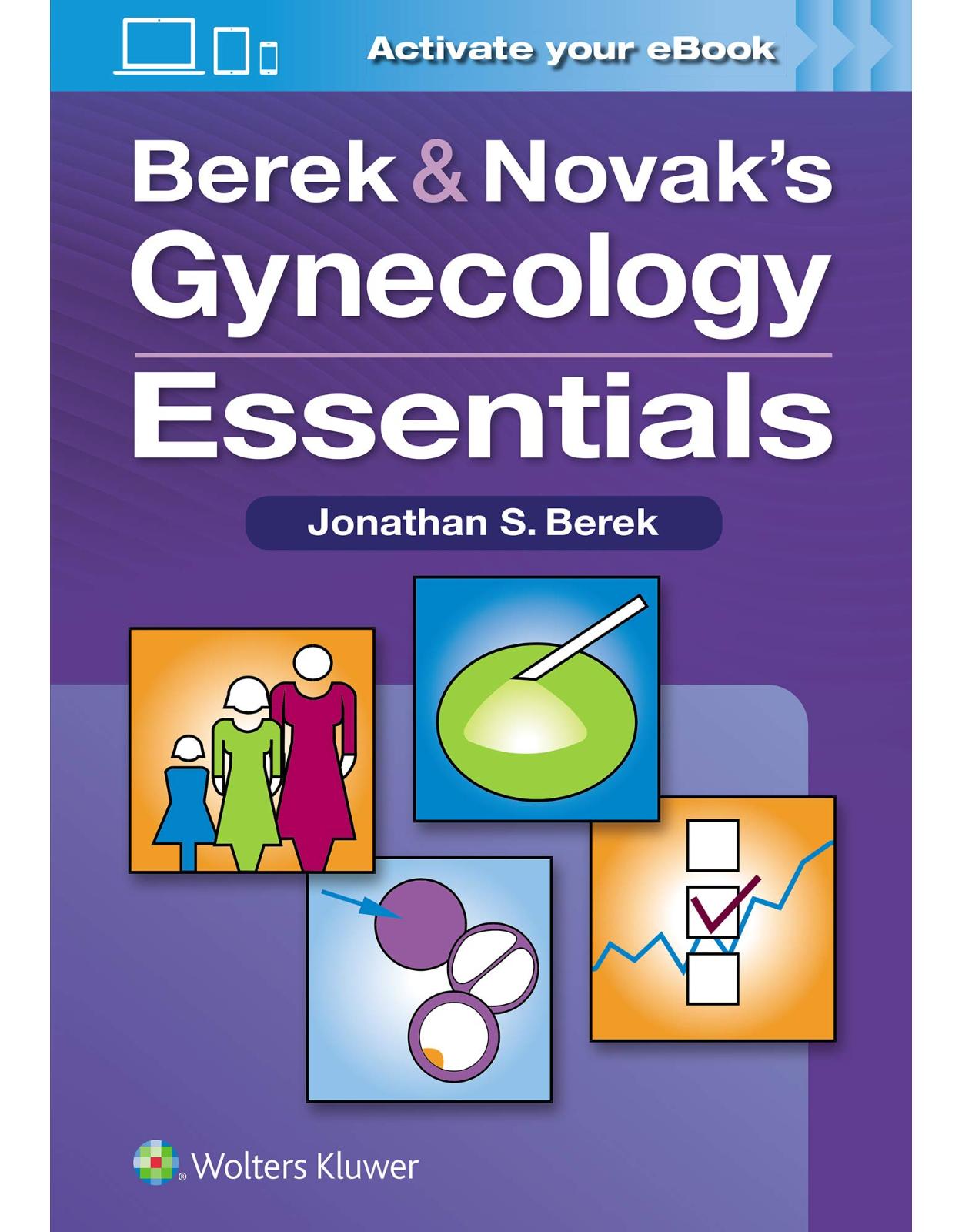
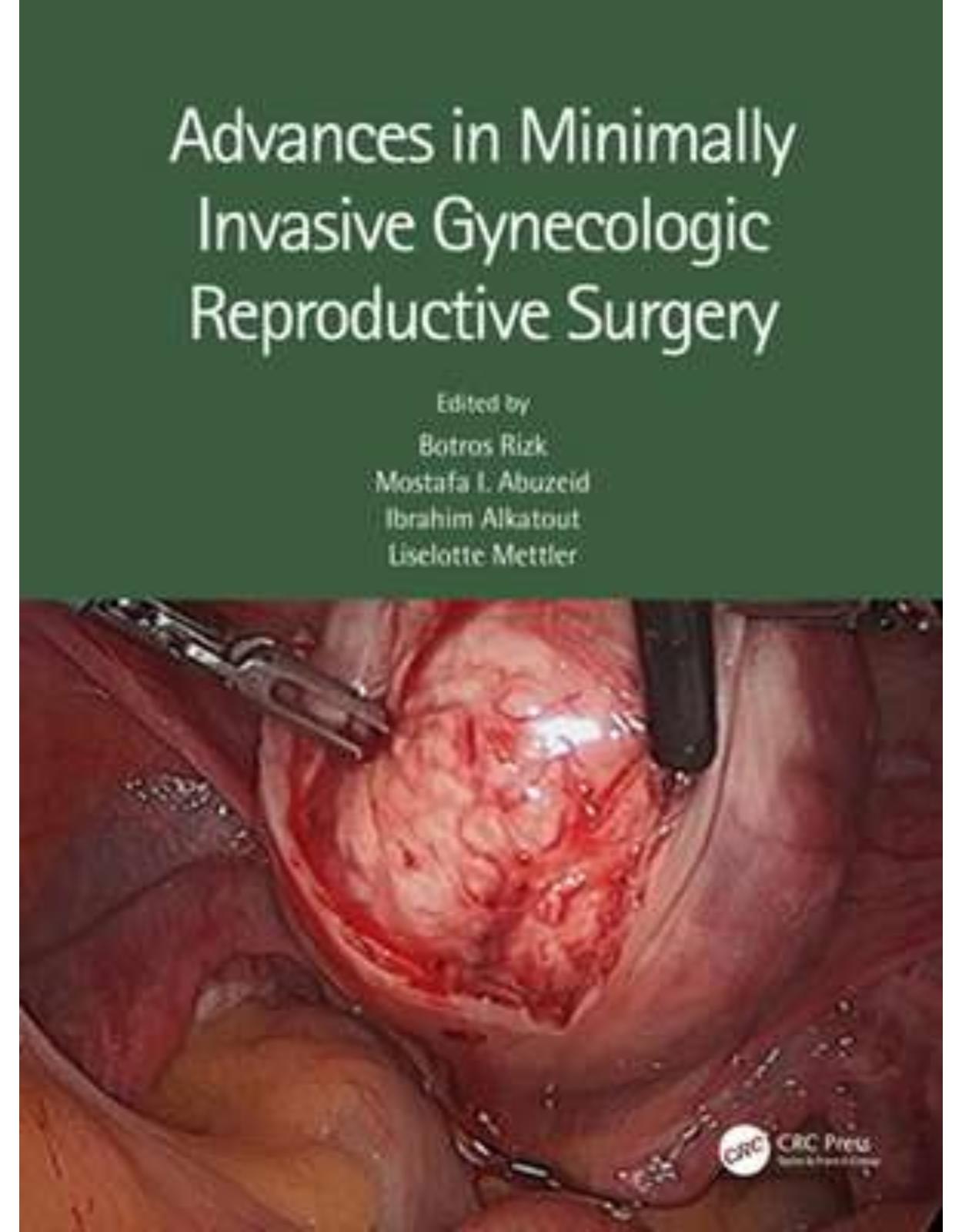
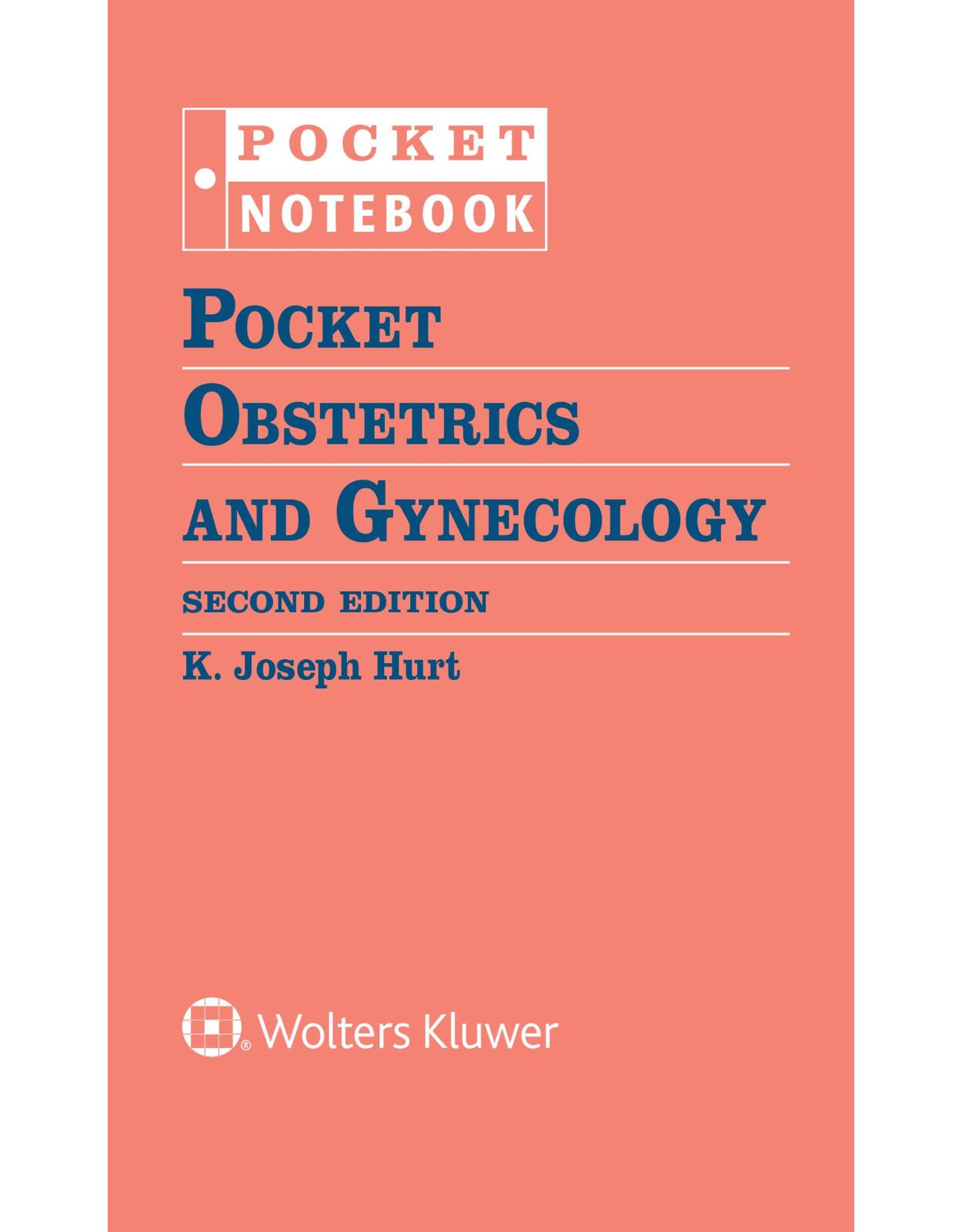
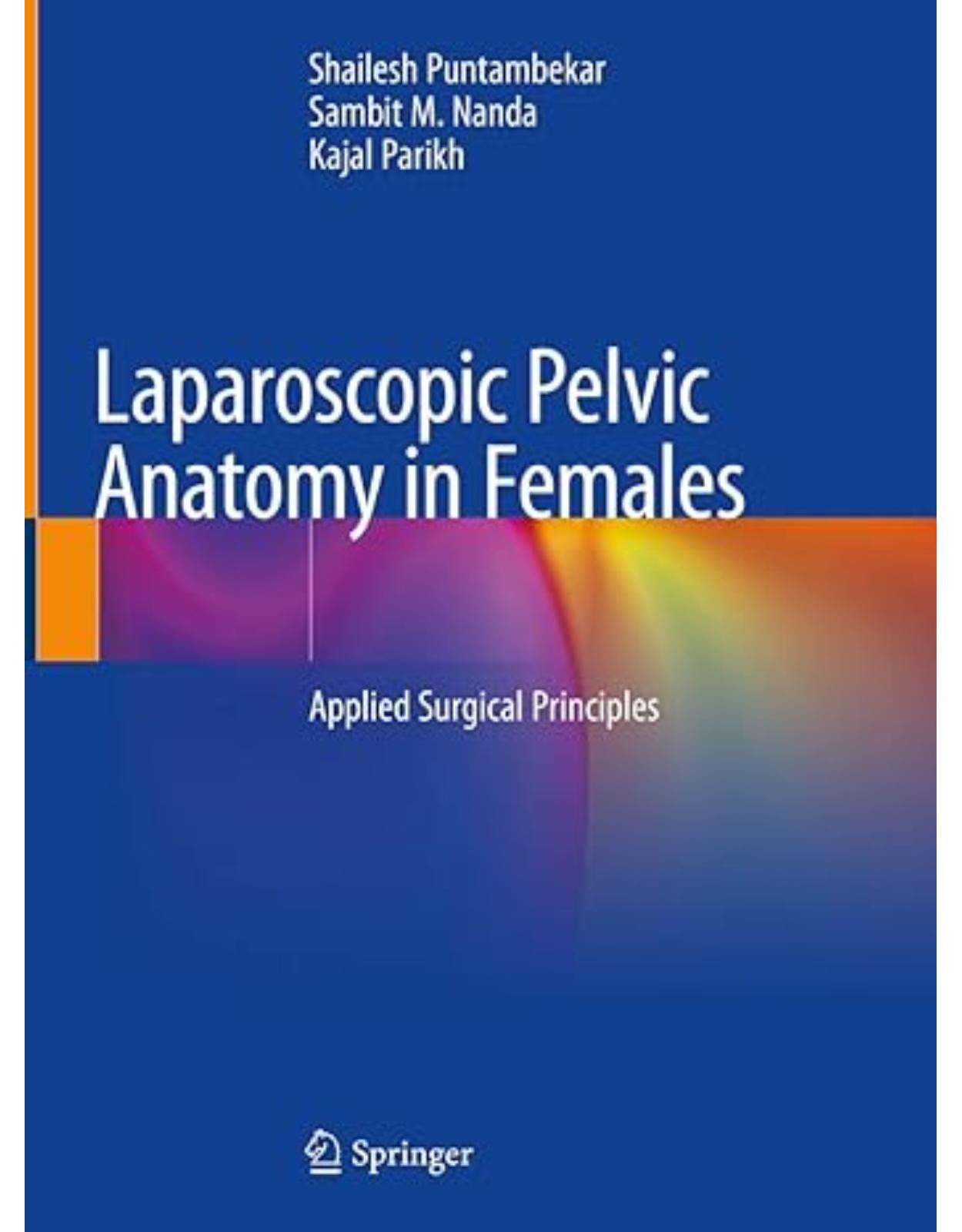
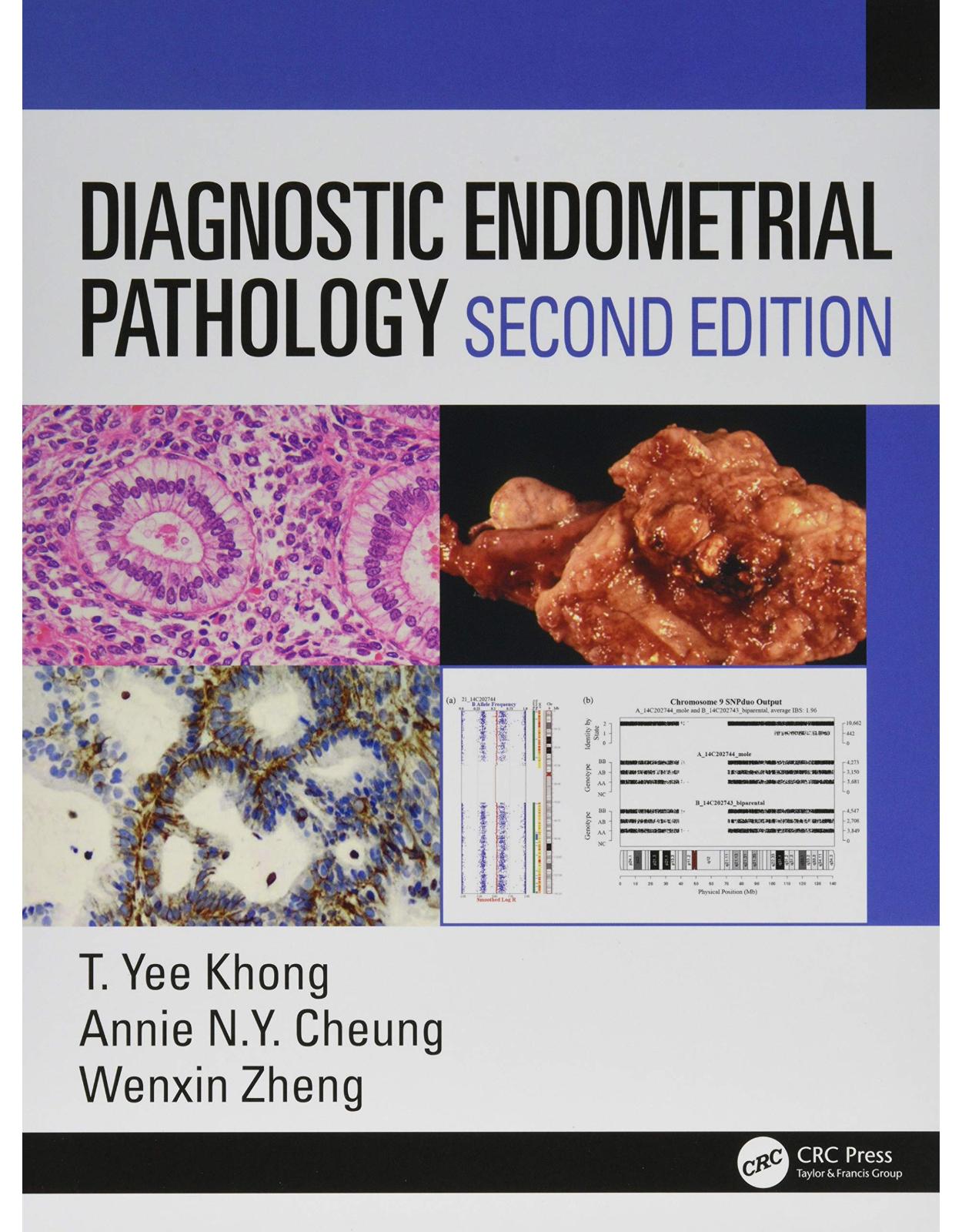
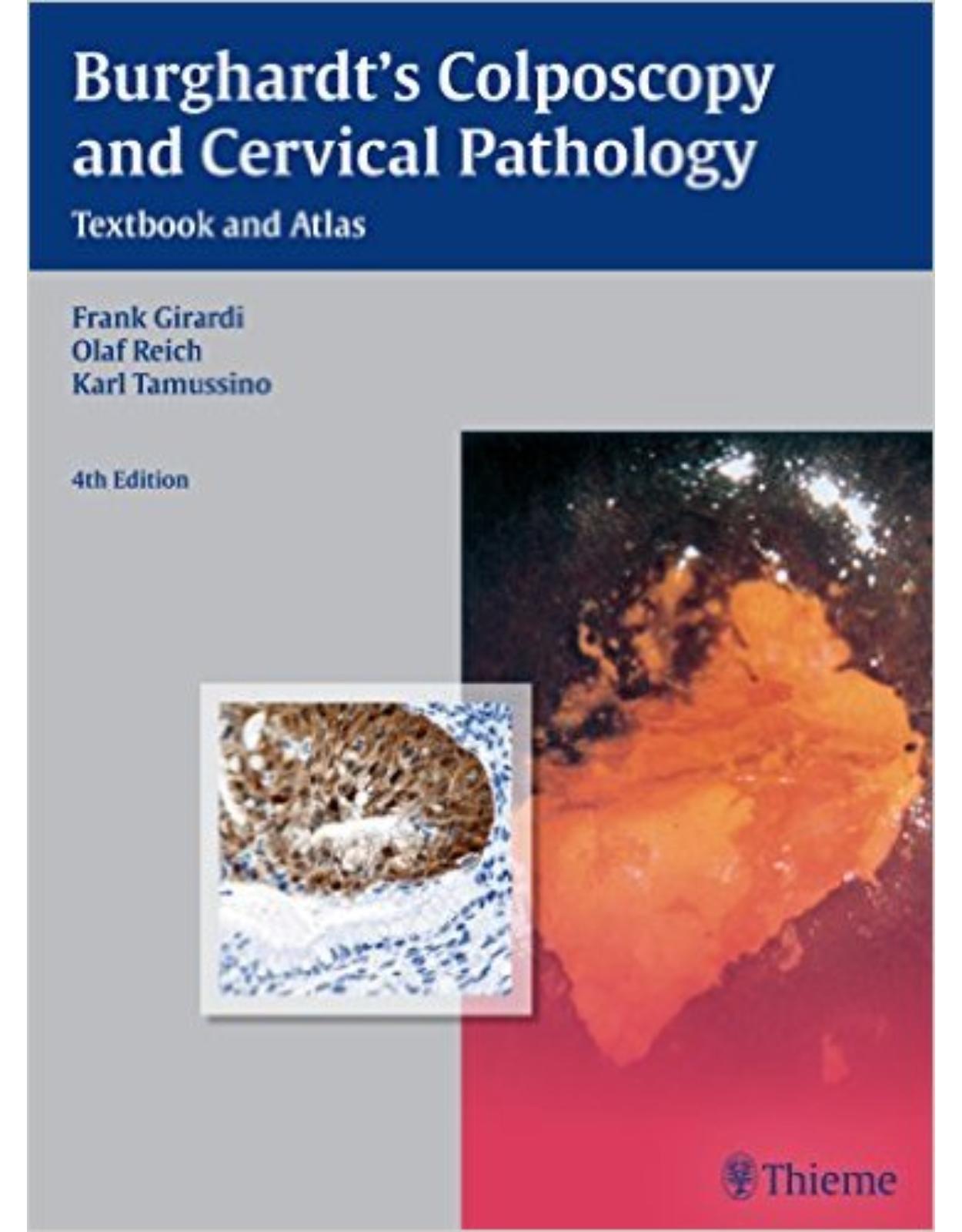
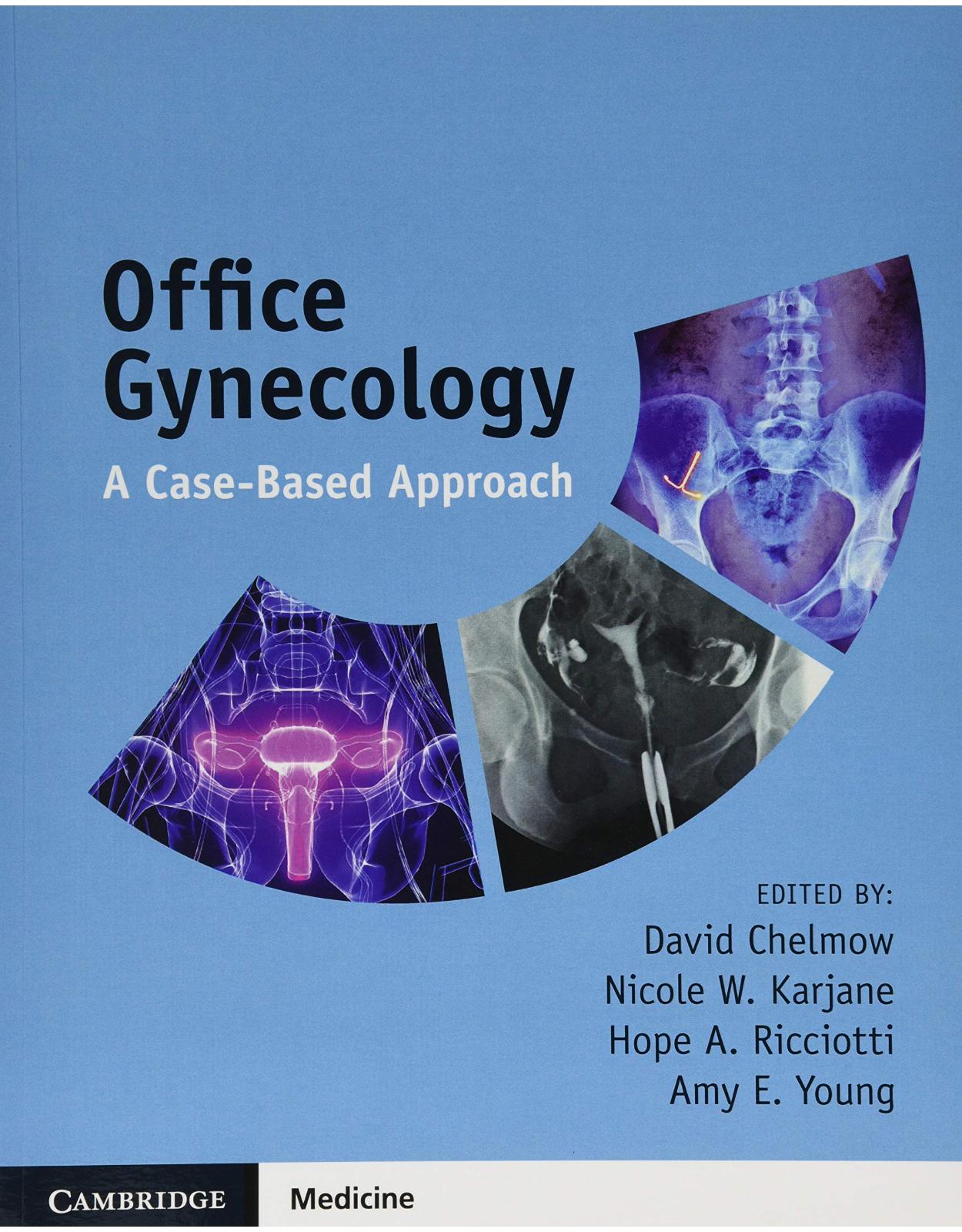
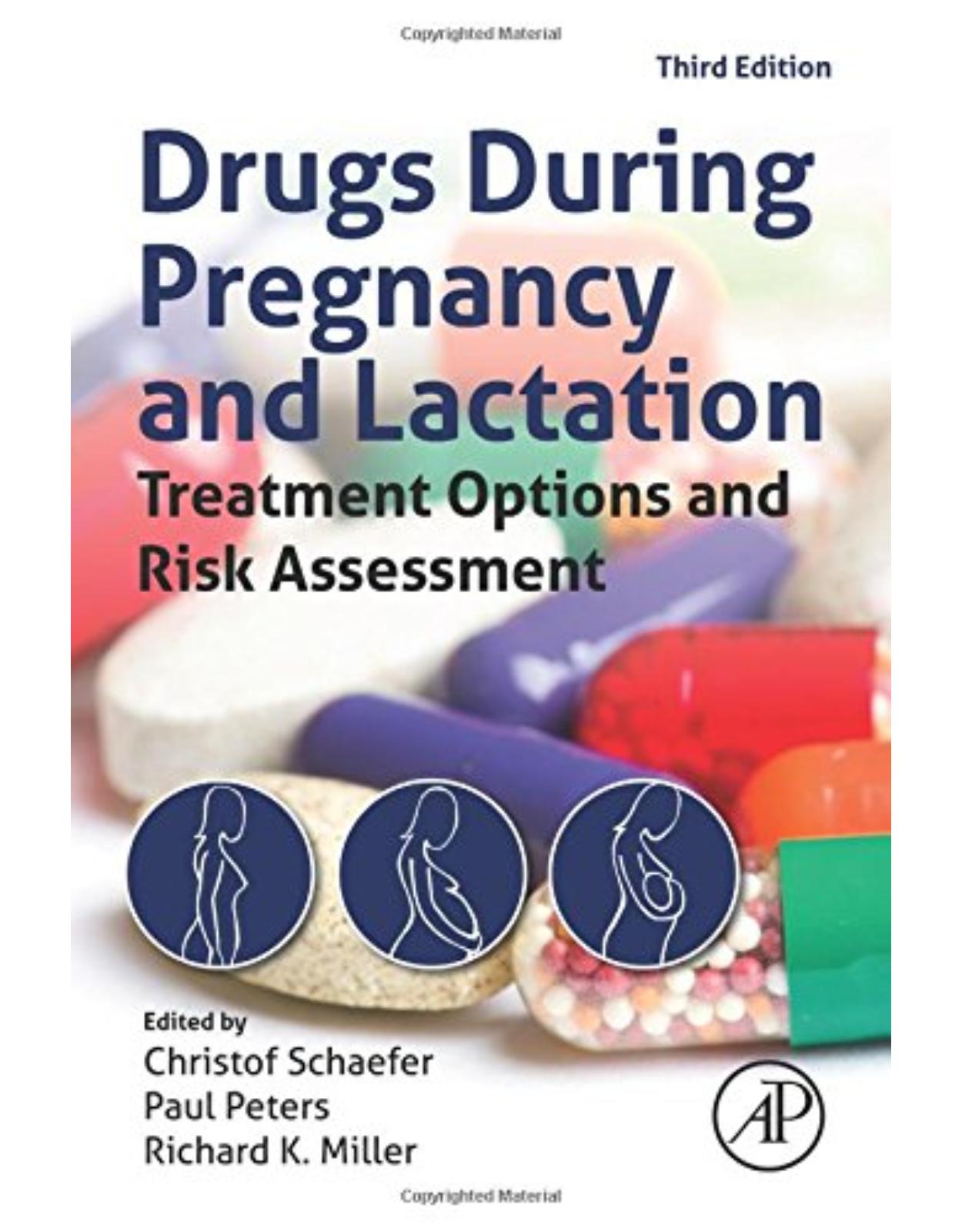
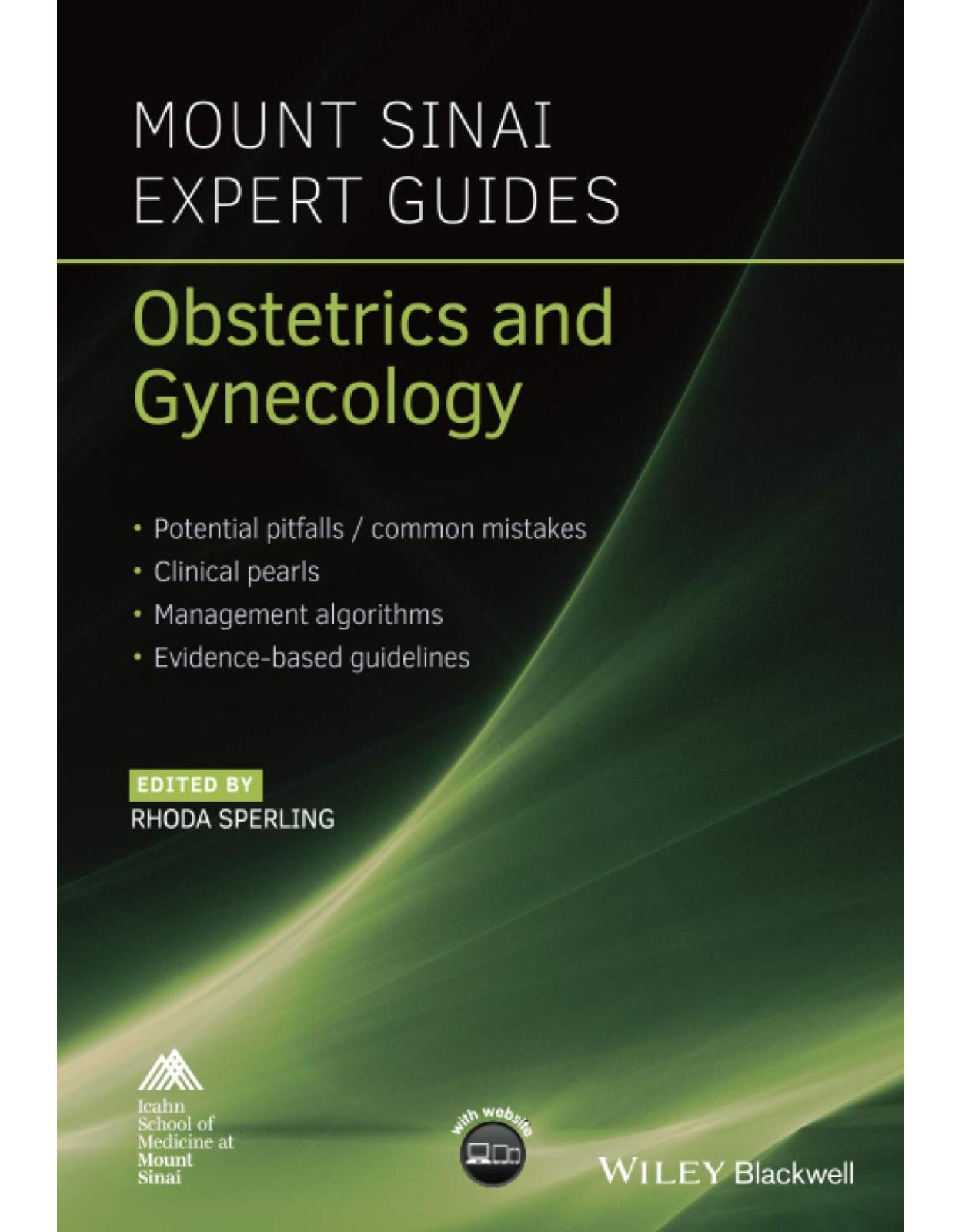
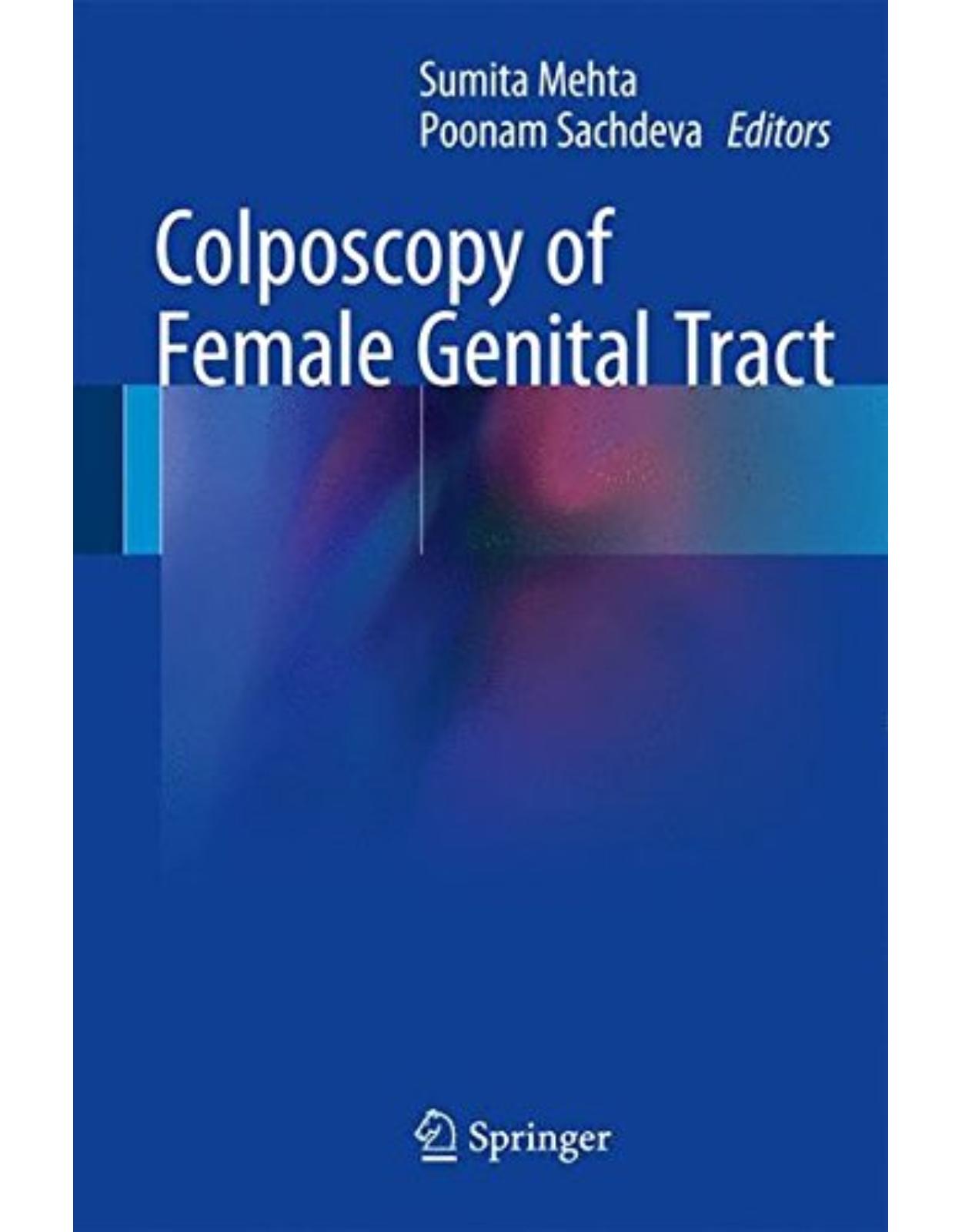
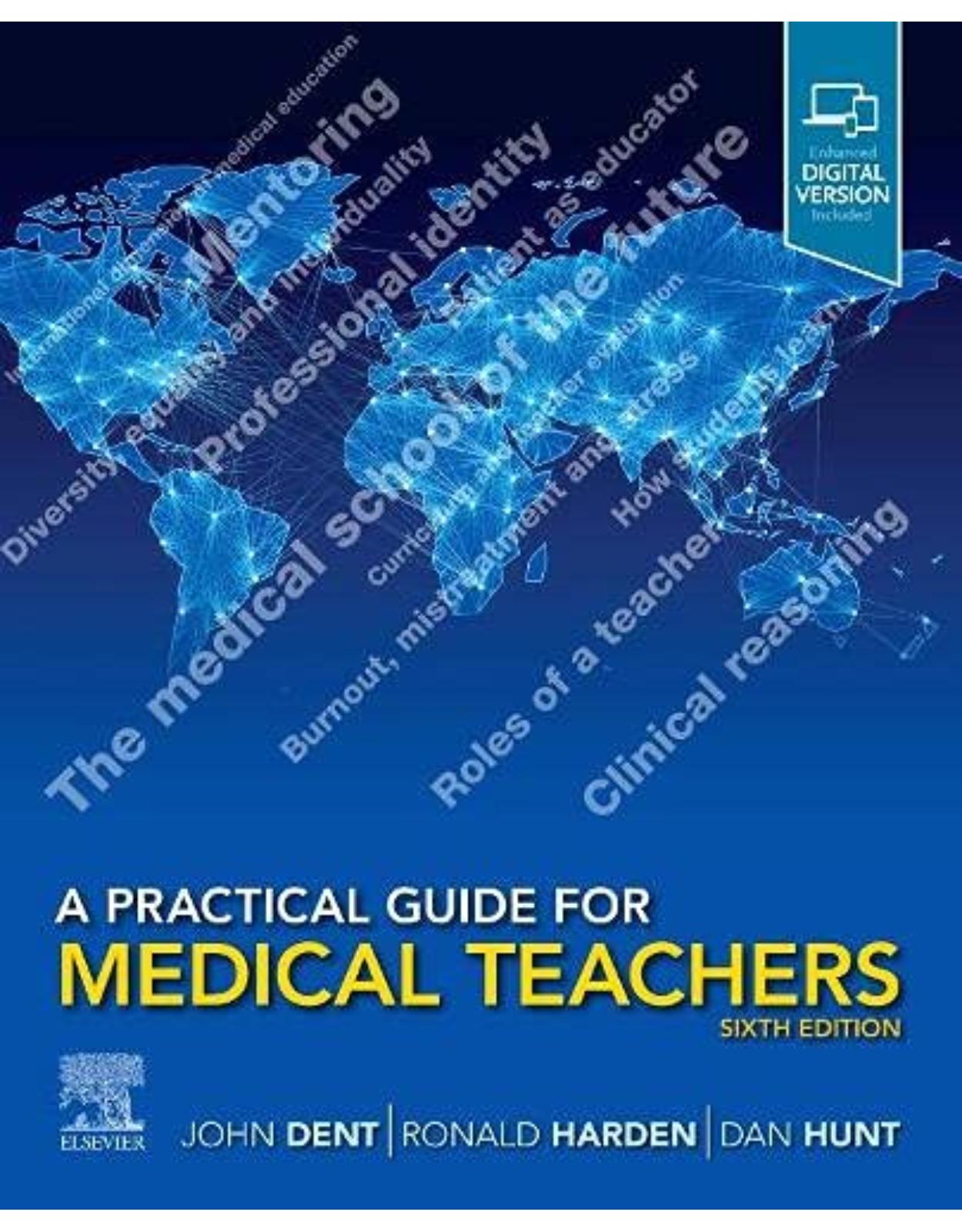
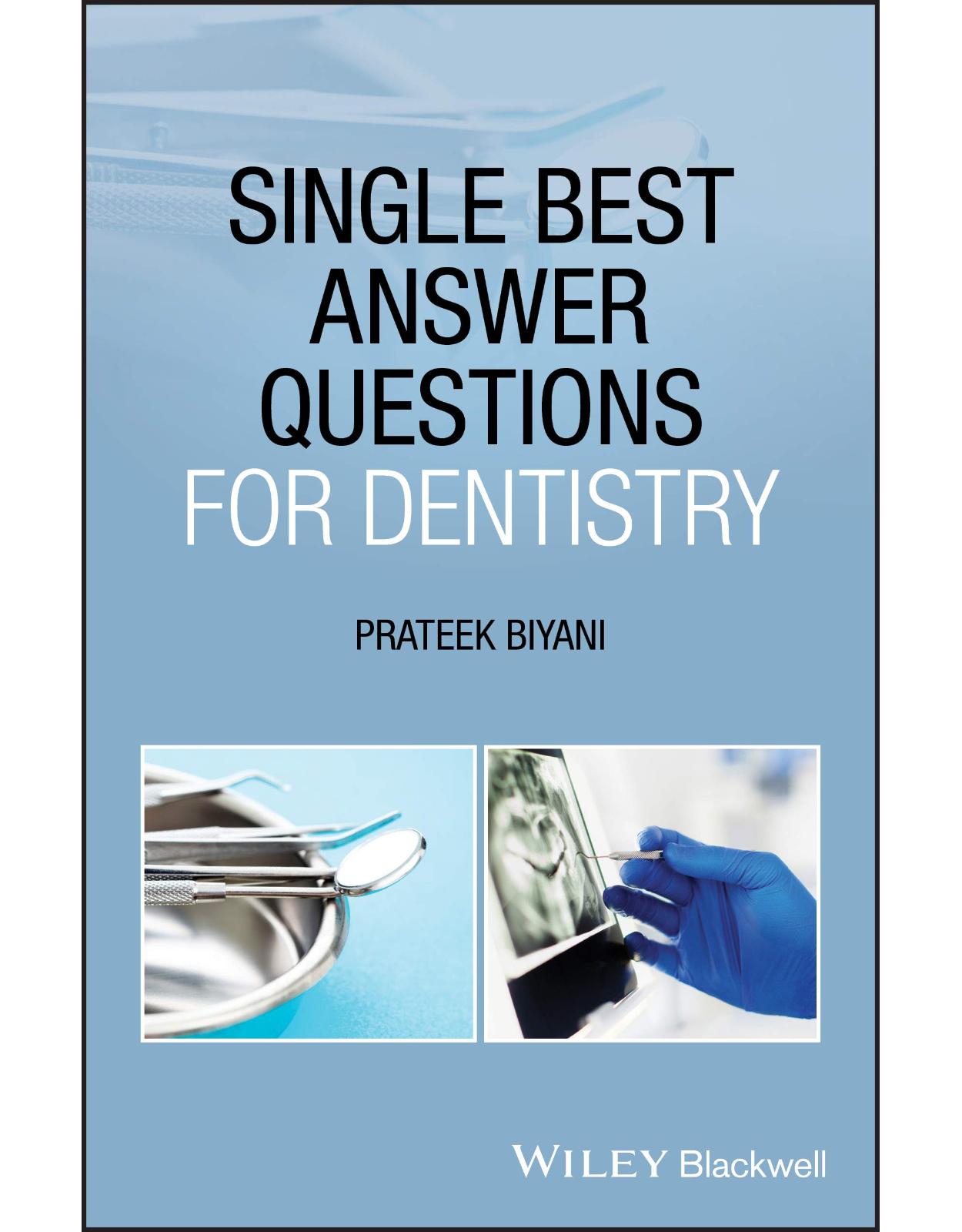
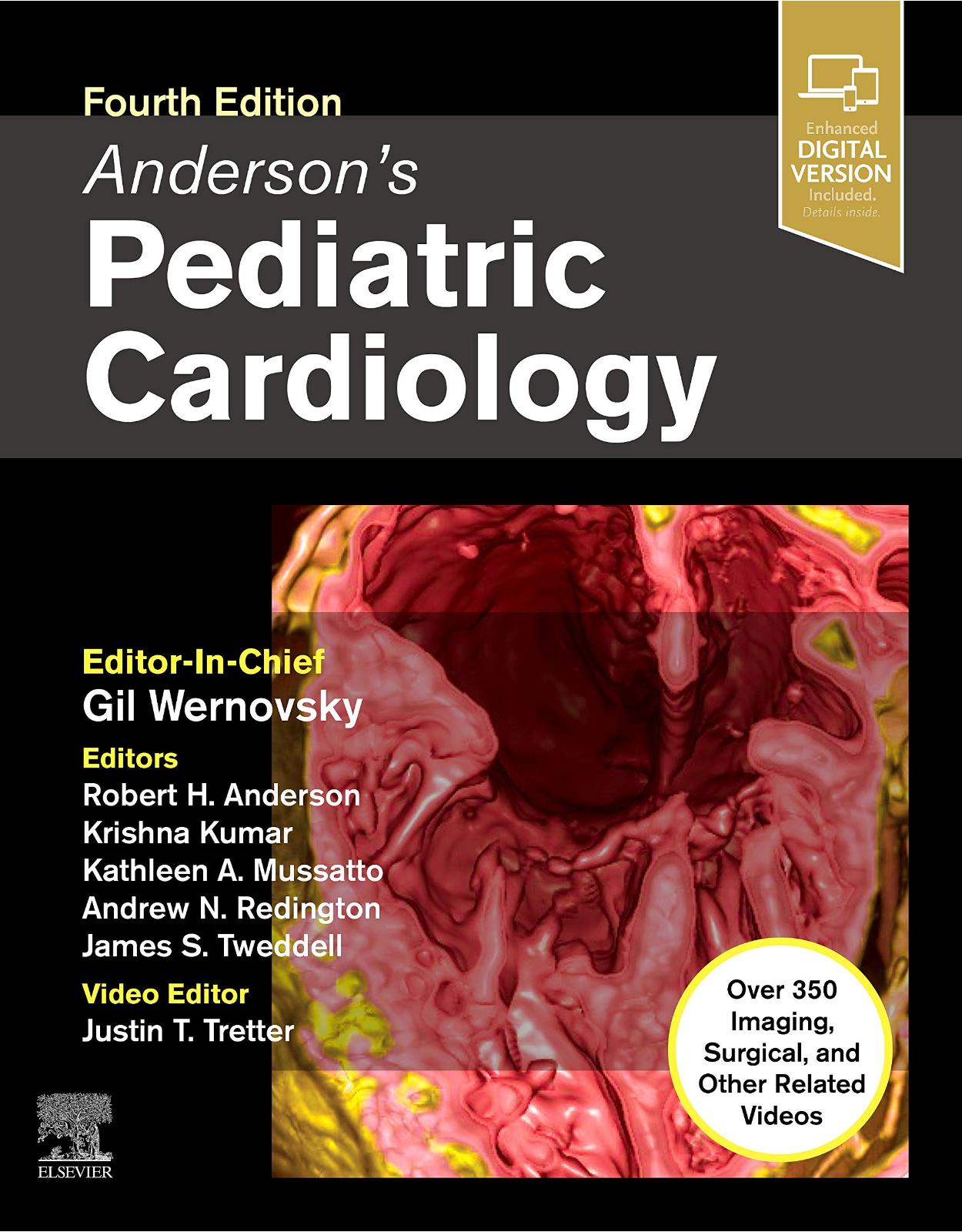
Clientii ebookshop.ro nu au adaugat inca opinii pentru acest produs. Fii primul care adauga o parere, folosind formularul de mai jos.